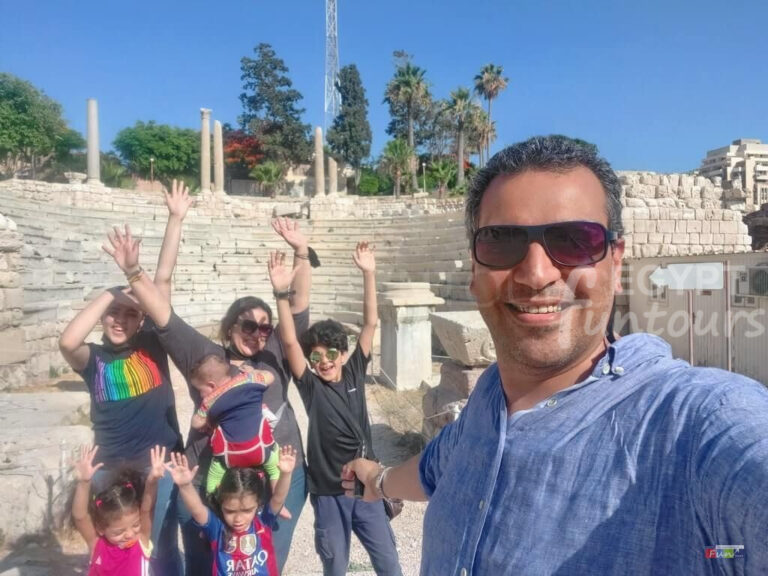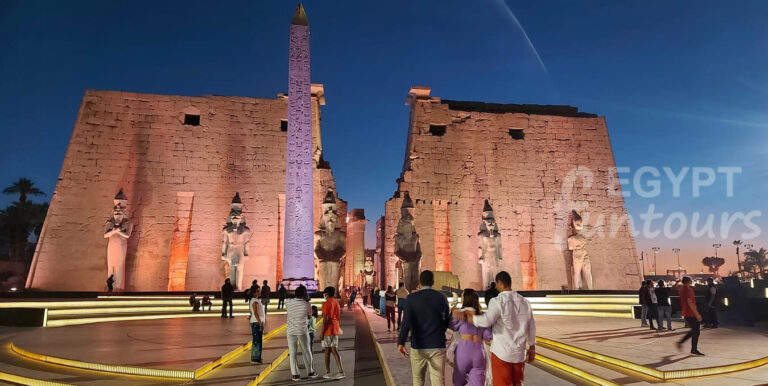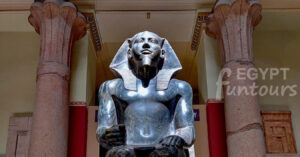Unraveling the Titles of the Pharaohs
Explaining the many titles of the Pharaohs from the ancient Egyptian culture, their meaning, symbolism, and how they were written. From the sun-drenched sands of Egypt, a powerful civilization emerged, led by a figure who was more than just a king. The Pharaoh was a living god, a bridge between humanity and the divine. To capture this immense authority, a complex system of titles and names was developed. These titles were not mere formalities; they were deeply symbolic, reflecting the Pharaoh’s cosmic role, his divine lineage, and his connection to the gods.
Understanding these titles is key to unlocking the true nature of ancient Egyptian kingship. Let’s delve into the five great names, the core components of the pharaonic titulary, and explore the rich history behind them.
Titles of the Pharaohs: A System of Divine Kingship
The full set of five names, known as the “Pharaonic Titulary,” evolved. Early on, Egyptian rulers used only a few names, but by the Middle Kingdom, the complete set became standard. Each name served a distinct purpose, defining the ruler’s relationship with the gods and the kingdom itself. This system solidified the concept of divine kingship, a cornerstone of Egyptian society for millennia.
1. The Horus Name: The Falcon King

This was the oldest and most important of the Pharaoh’s titles. The Horus Name linked the Pharaoh directly to the god Horus, the falcon-headed deity associated with kingship, the sky, and protection.
- How it was written: The name was enclosed within a serekh, a rectangular frame representing the palace facade. Atop the serekh perched the falcon god Horus.
- What it meant: The Horus Name signified the king’s earthly manifestation of Horus. It declared him the rightful ruler and protector of Egypt. It was a declaration of his divine right to rule.
- Examples: The famous Horus name of Tutankhamun was “Tutankhamun,” which means “Living Image of Amun.
2. The Nebty Name: The Two Ladies
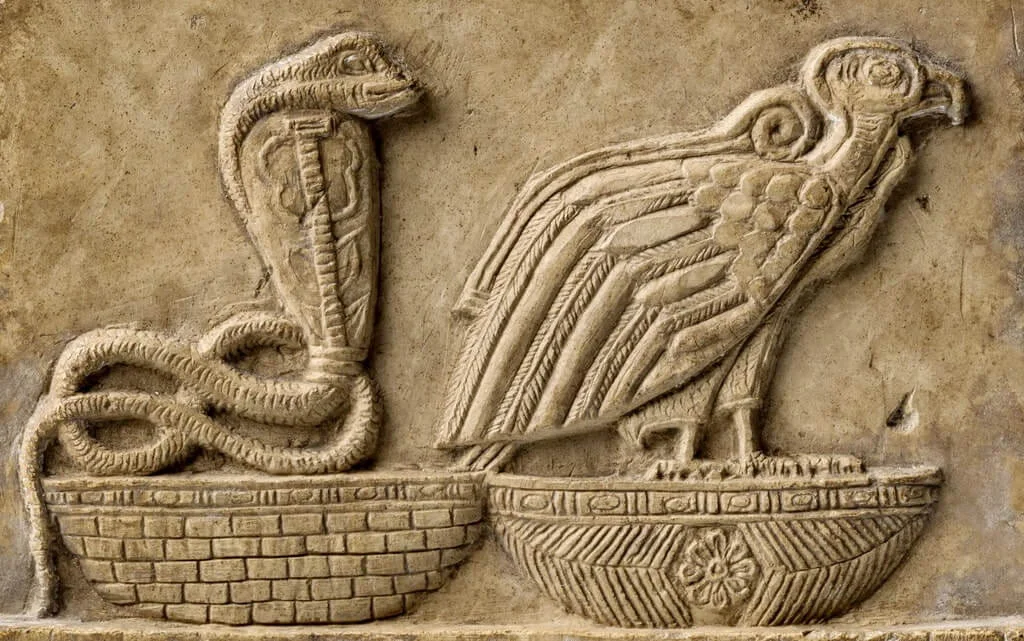
The Nebty Name, or “Two Ladies Name,” connected the Pharaoh to the two patron goddesses of Upper and Lower Egypt: Nekhbet, the vulture goddess of Nekheb (Upper Egypt), and Wadjet, the cobra goddess of Buto (Lower Egypt).
- What it meant: This title symbolized the Pharaoh’s unified rule over both parts of Egypt. It represented the political and divine union of the two lands. The Pharaoh was the master of both the Vulture and the Cobra.
- Examples: The Nebty name of Amenhotep III was “He who raises his splendor.”
3. The Golden Horus Name: The Triumph of the Gods
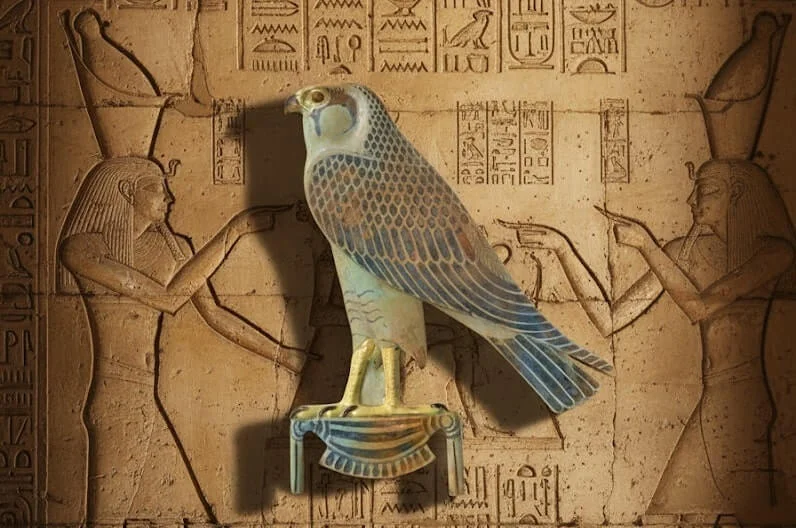
The Golden Horus Name remains a title shrouded in some mystery, but it is believed to be a powerful symbol of the pharaoh’s divinity and triumph over his enemies.
Scribes wrote this name using the image of a falcon sitting on the hieroglyph for gold. Ancient Egyptians considered gold the flesh of the gods. The Golden Horus Name, therefore, proclaimed the pharaoh’s divine and eternal nature. It might also refer to Horus’s triumph over his uncle Set. Ramesses II’s Golden Horus name was “User-maat-re Setep-en-re,” which means “The justice of Re is powerful, chosen by Re.”
4. The Prenomen: King of Upper and Lower Egypt
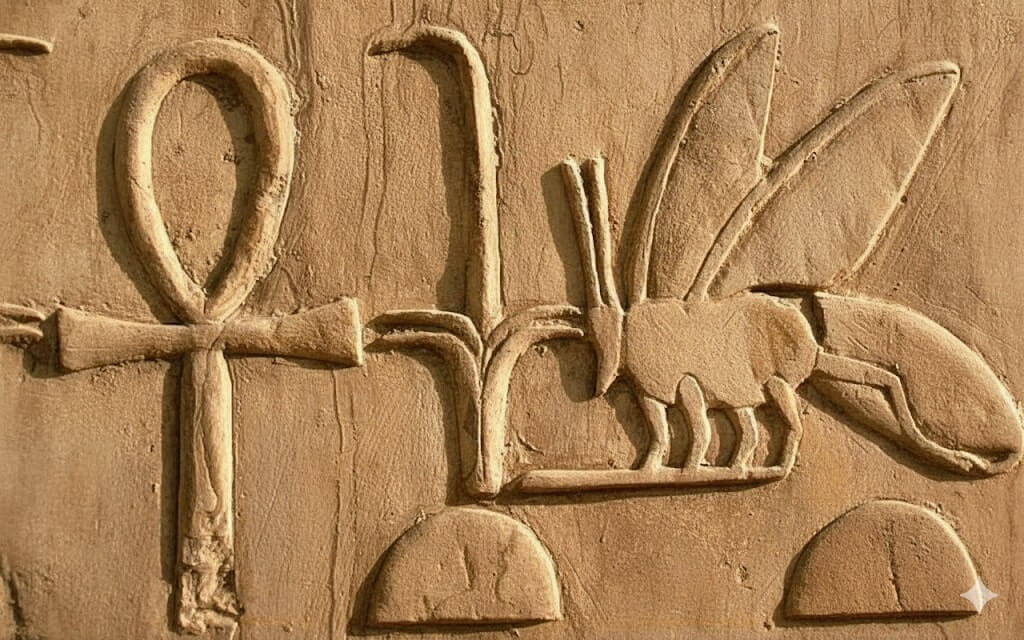
The Prenomen, or “Throne Name,” was the first of two names a pharaoh wrote inside a cartouche, a loop of rope symbolizing eternity and the protection of the universe. A pharaoh took this name upon ascending the throne. Scribes enclosed it in a cartouche and preceded it with the title “Nisut-Bity,” which means “He of the Sedge and Bee,” a powerful reference to Upper and Lower Egypt. The Prenomen was the king’s official public name. It often contained a reference to the sun god Ra, reflecting the king’s close relationship with the most powerful deity. For example, Tutankhamun’s Prenomen was “Nebkheperure,” which means “Lord of the Manifestations of Ra.”
5. The Nomen: Son of Ra
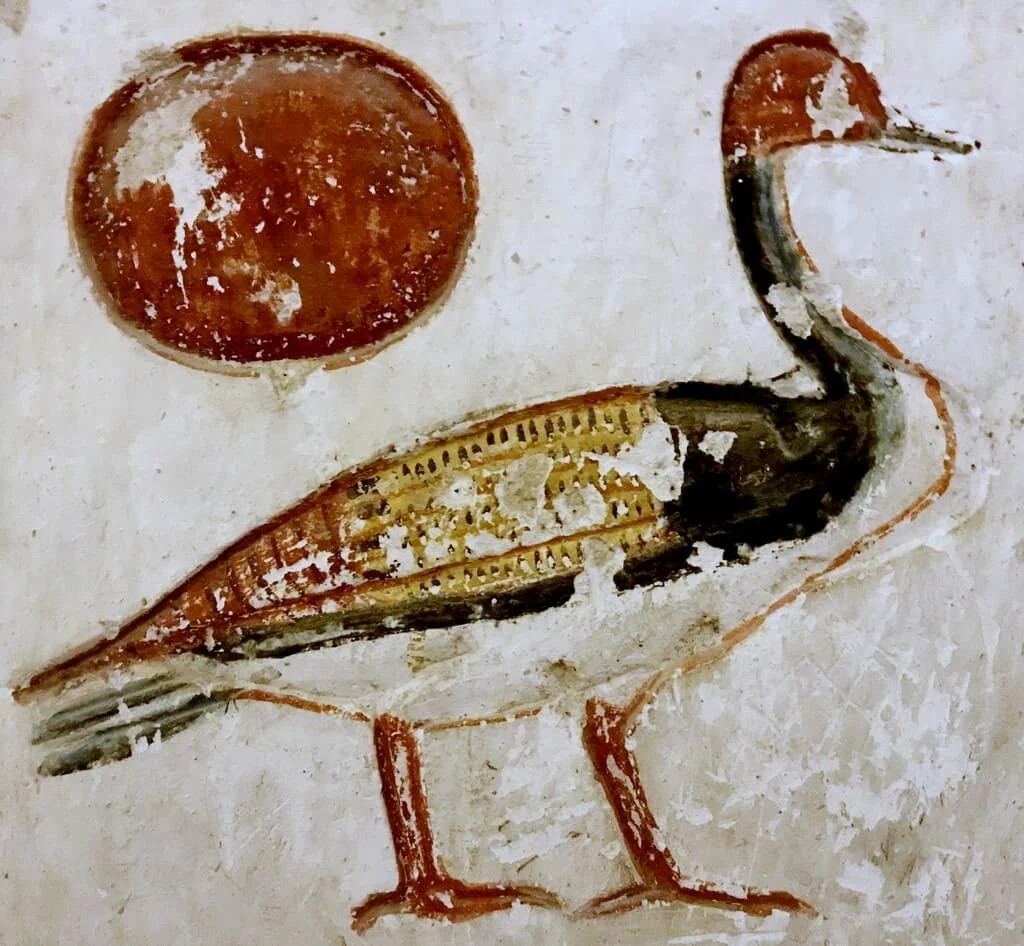
A pharaoh’s nomen, or “birth name,” was the name his parents gave him at birth. The pharaoh’s nomen was also enclosed in a cartouche and was preceded by the title “Sa-Re,” meaning “Son of Ra.” The Egyptians wrote the name like the prenomen, enclosed in a cartouche. This title reinforced the pharaoh’s divine lineage and showed that they were a direct descendant of the sun god Ra. It was the personal name the king was known by before his coronation. For example, Tutankhamun’s nomen was “Tutankhaten,” meaning “Living Image of Aten,” which he later changed to reflect the return to the worship of Amun.
The Power of the Cartouche

The cartouche (from the French word for “cartridge”) was a crucial element of the pharaonic titulary. This oval ring, with a line at one end, was used exclusively for the Prenomen and Nomen. Its shape symbolized the infinite nature of the universe and the sun’s path, protecting the royal name within it for all eternity. It was a clear and powerful sign of royal identity.
Beyond the Titles of the Pharaohs
These five names were more than a list of titles. They were a theological statement. They defined the Pharaoh’s responsibilities:
- Maintaining Ma’at: The Pharaoh was responsible for upholding Ma’at, the divine concept of truth, justice, and cosmic order.
- Mediating with the Gods: The Pharaoh was the chief priest, performing rituals and building temples to ensure the gods’ favor.
- Protecting Egypt: As the earthly Horus, he was the military leader, safeguarding the kingdom from enemies.
The titles of the Pharaohs reveal a society obsessed with order, divinity, and legacy. They were a testament to a unique form of kingship, where the ruler was not just a political leader but a living deity, a cosmic force, and the very embodiment of the Egyptian state.

